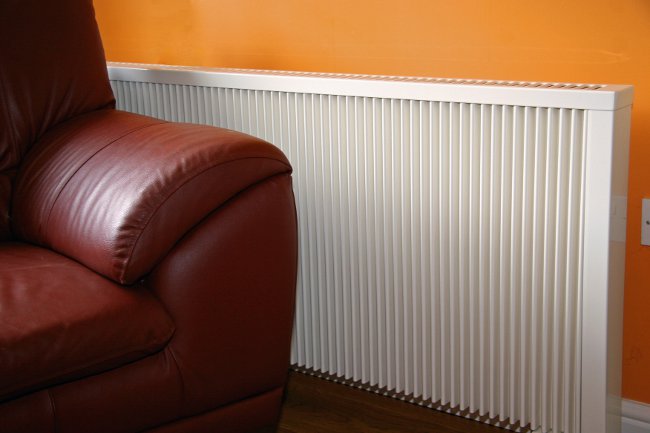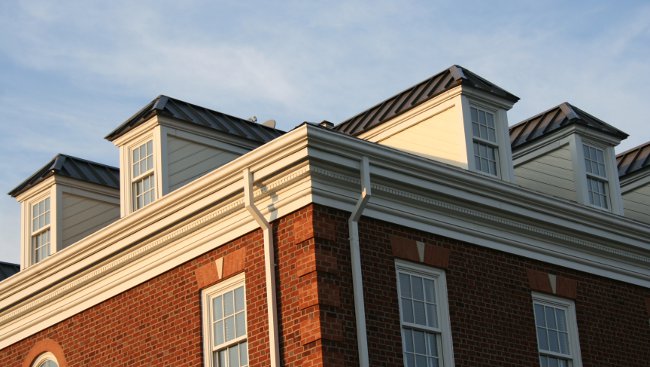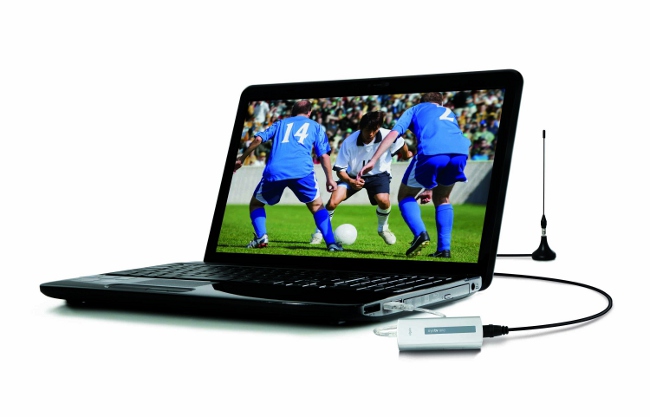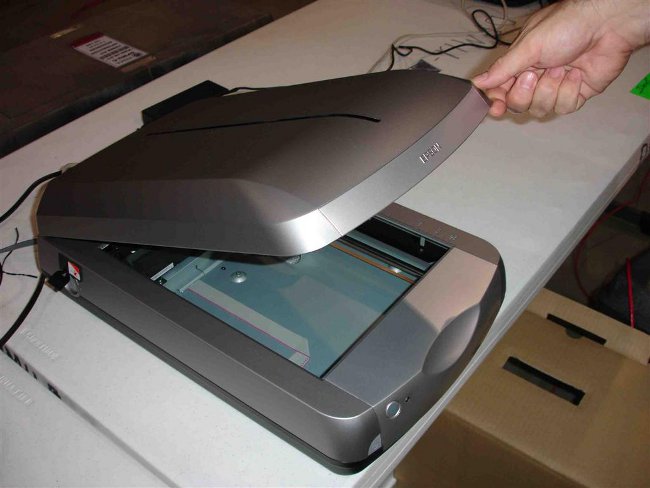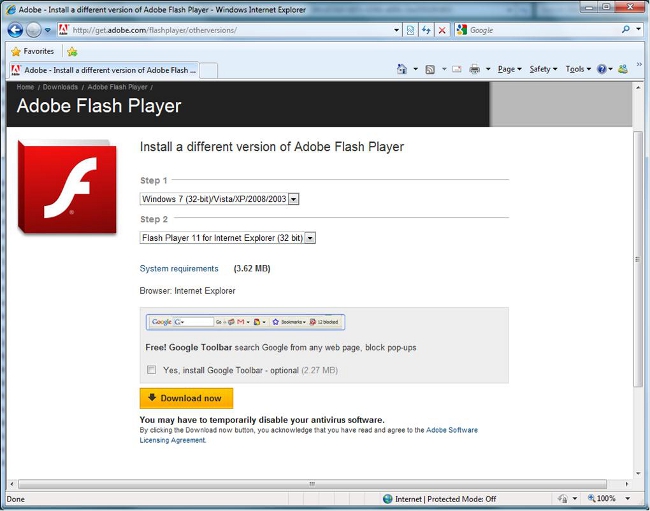How to install a radiator

Today, not a single dwelling can do without a systemheating, which includes radiators. Modern models of such devices have a nice design and light weight. In addition, they are fairly easy to transport. In this article, how to install a radiator heating.
As a rule, the installation of such heating systems is carried out when the radiator is in a special plastic bag, which is removed after completion of all the finishing works in the room. Immediately before the installation it will be necessary to screw in the radiator plugs, thermoregulating and shutoff valves. It should be emphasized separately that during installationIt is necessary to allow the radiator to fall or to subject it to any kind of load. Especially this applies to aluminum appliances, which have recently become very popular.
To install a radiator, it is necessary to mark out the space for fixing the brackets, on which he will stick. Usually the radiator is placed at a height of 12 centimeters from the floor and at a distance of 3-5 centimeters from the wall. As for the distance from the heater to the window sill, it must be at least 10 centimeters. As practice shows, observance of such norms promotes good heat exchange, as well as convenience during washing the floor under the radiator.
To fix the brackets in the wall, holes are drilled, dowels, instead of which you can use cement slurry for fixing fasteners.
After fixing the brackets, it is necessary to install a radiator on them, at the same time Hooks must be located between the sections of the heater. In addition, using the ruler-level you will need to set the radiator horizontally, and if necessary, adjust the height of the brackets.
Next, you need to connect the device to the heat pipe, which is equipped with a special crane, thermostat or valve on the top or bottom piping.
If the valve is installed on both wires, in no case It should not be possible to completely block the radiator, which is completely filled with water. Usually this armature is mounted to the bottom piping, since when it is closed, the radiator will remain filled with water when draining from the entire riser.
It must be noted that during the operation of the heater The shut-off and regulating valves must be opened very slowly and smoothly, in order to avoid the so-called hydraulic shock.
After the radiator is installed, experts must conduct its testing and draw up an act of putting the device into operation. Usually this document indicates the date of all necessary tests, pressure and results.
Finally, what is forbidden to do with the installed and functioning radiator. First of all, you can not completely coverlower and upper valves. Exceptions are only cases of accidents and service. Also, you can not light the air valve with matches or lanterns with an open fire to remove the air / gas mixture. It is strictly forbidden to use trunk pipes as elements of electrical circuits. In addition, do not allow children to come into contact with air valves and valves.
As you could see, install the radiatorheating is not so difficult, as it may seem at first glance. It is only necessary to follow certain instructions, as well as observe the safety rules. However, if you are not sure that you can properly and accurately produce such a montage, we recommend that you seek help from specialists.
